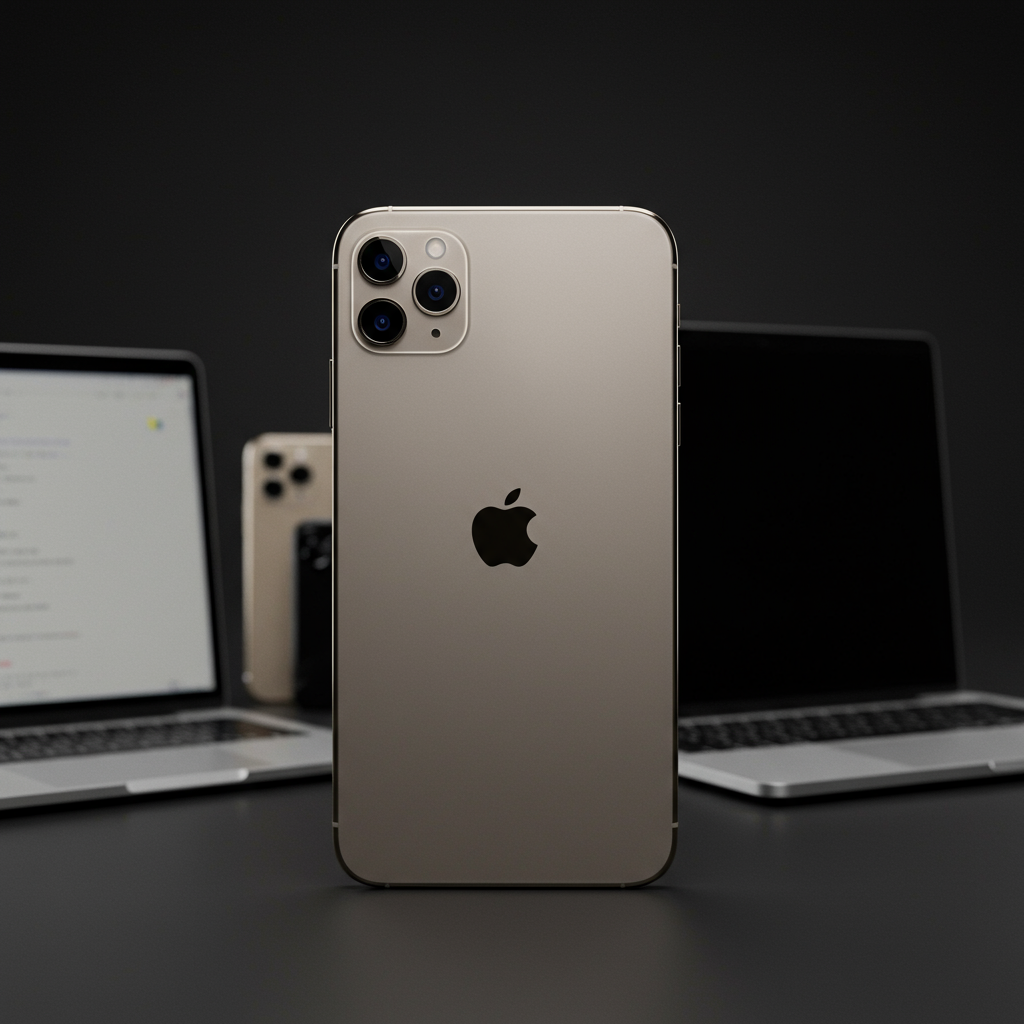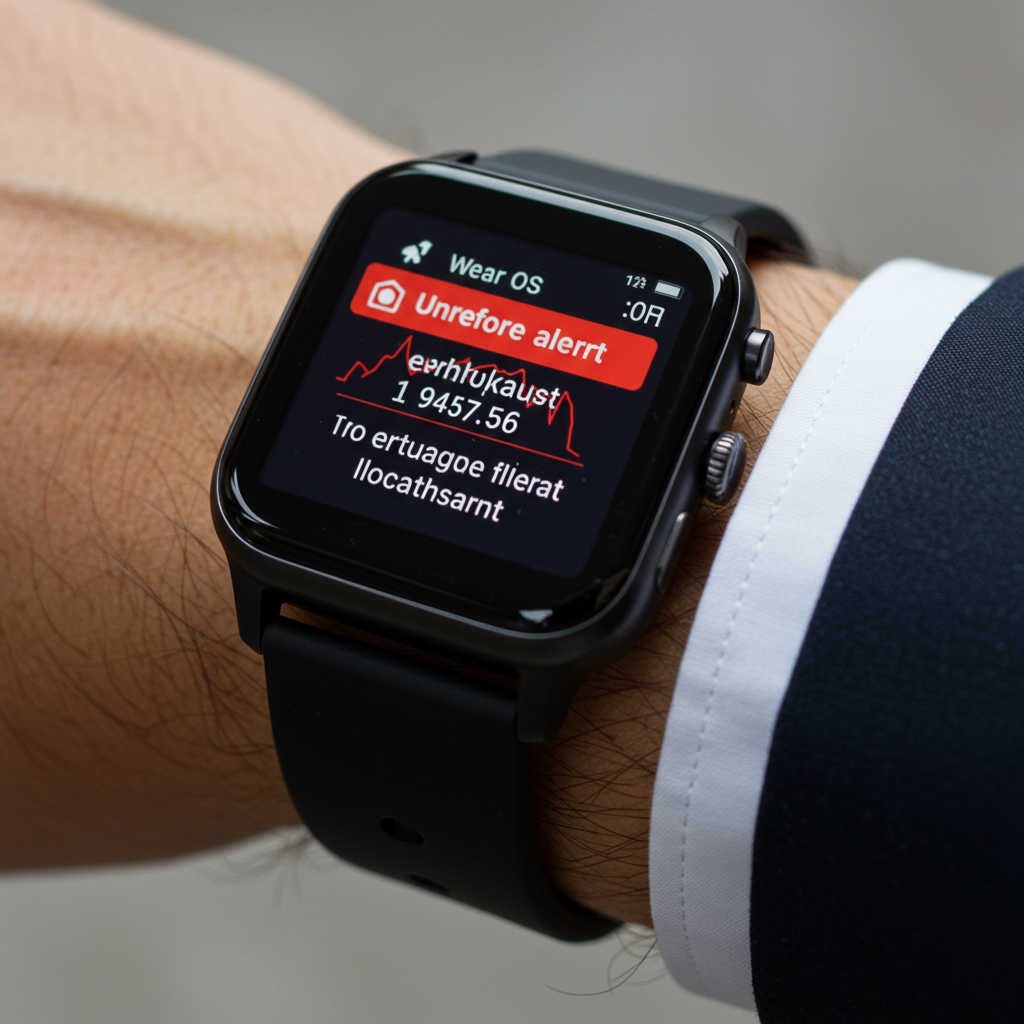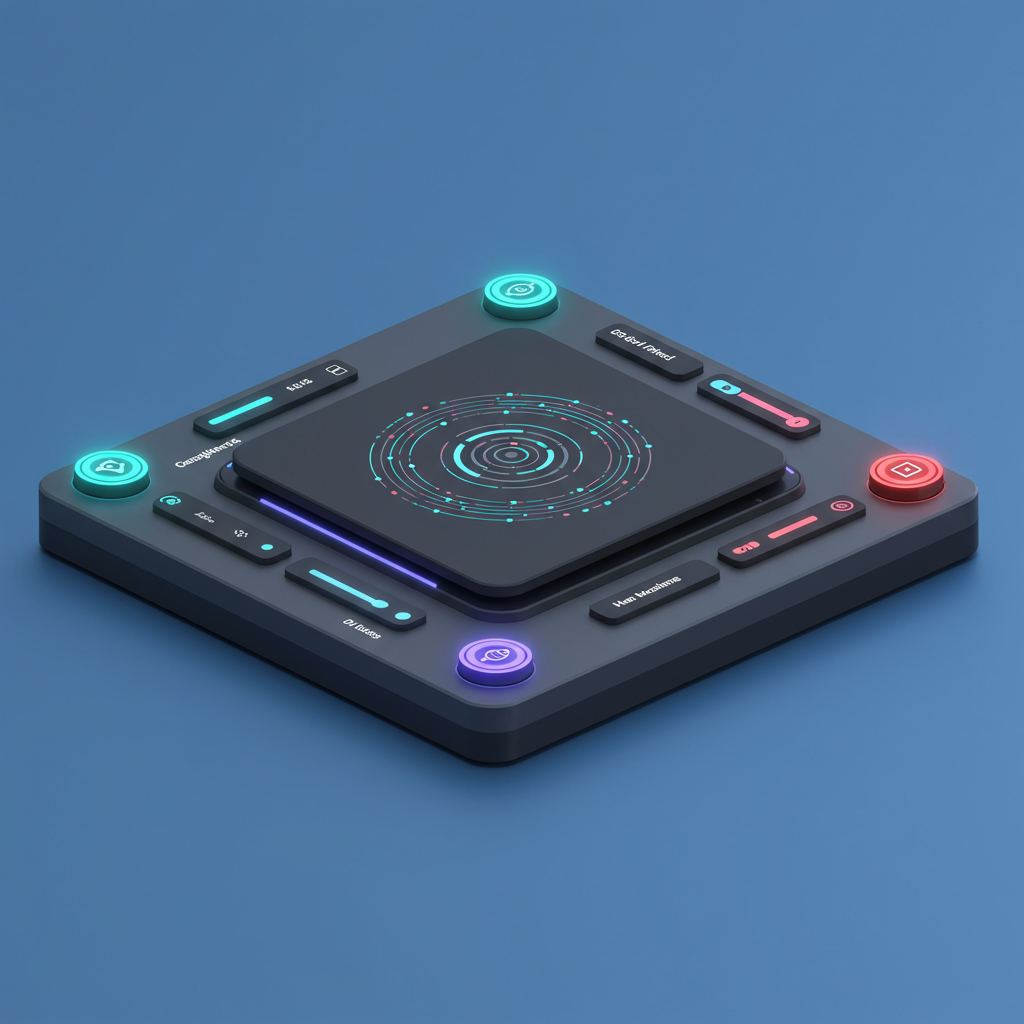The tech world is buzzing as Apple prepares for its highly anticipated iPhone 17 launch on September 9th. But amidst the excitement for new devices, the Cupertino giant is quietly updating its product support lists, nudging several popular Macs and iPhones closer to their official end-of-life. This systematic product lifecycle management means a significant shift for owners of aging Apple gear, particularly three MacBook models now deemed “obsolete” and certain iPhone 8 Plus variants moving to “vintage” status. Understanding these designations is crucial for future repairs and software support.
Apple’s reclassification process, recently highlighted by outlets like MacRumors and Mashable, underscores a pragmatic approach to managing its vast product catalog. For many users, this update isn’t just news; it’s a critical reminder to evaluate their device’s longevity and plan for potential upgrades or alternative repair solutions.
Apple’s Lifecycle Policy: Vintage vs. Obsolete Explained
Apple maintains a strict product lifecycle policy, categorizing older devices as “vintage” or “obsolete.” These distinctions directly impact a product’s eligibility for official hardware service and parts. This policy guarantees support for at least five years after a product is no longer sold, but the clock starts ticking the moment a device is discontinued.
What “Vintage” Really Means for Your Device
A product officially achieves “vintage” status when Apple stops distributing it for sale more than five years ago, but less than seven years ago. For devices in this category, such as the recently added iPhone 8 Plus (specific models) and the iPhone XS, repair eligibility at Apple Stores and authorized service providers becomes conditional. Simply put, repairs are only possible if replacement parts are still available. While these devices continue to function, routine software updates typically cease. However, important security patches can sometimes still be issued, and some vintage devices, like the iPhone XS Max, might even support the latest operating systems such as iOS 18. The iPhone XS Max, for instance, transitioned to vintage status in November 2024, slightly ahead of its smaller sibling.
The Finality of “Obsolete” Status
When a product crosses the seven-year mark since its last distribution for sale, it is officially declared “obsolete.” This designation carries significant implications. Once a device is obsolete, Apple completely ceases all hardware service and repairs. This means neither Apple Stores nor Authorized Service Providers will service these products, regardless of whether parts might be available elsewhere. For most obsolete devices, the expectation of running the latest iOS or macOS versions, or receiving any significant software updates, also vanishes. There’s a notable exception for MacBooks, which may still be eligible for battery replacements for up to 10 years after their last sale, though this must be confirmed with Apple directly. Even in rare instances, like certain iPhone 6S models, obsolete devices might still receive critical security updates.
New Additions to Apple’s Obsolete List: Farewell to These MacBooks
Three MacBook models have now officially transitioned to the “obsolete” list, marking the end of their official support journey. For owners, this means Apple will no longer provide hardware service or parts for these machines.
11-inch MacBook Air (Early 2015): This model represents the last iteration of the ultra-portable 11-inch MacBook Air line. Its obsolescence closes a chapter for fans of smaller, lighter laptops that predated the Retina display era.
13-inch MacBook Pro (2017, Four Thunderbolt 3 Ports): The version of the 2017 13-inch MacBook Pro featuring four Thunderbolt 3 ports has now joined the obsolete list. It’s crucial to note that the two-port variant of the same year remains on Apple’s vintage list, showcasing how even minor hardware differences can affect support timelines.
15-inch MacBook Pro (2017): The 15-inch MacBook Pro from 2017 is also now obsolete. These models were part of a generation known for their distinctive Touch Bar and a design transition for the Pro line.
The fifth-generation iPad, originally launched in 2017, has also moved to the obsolete list, joining other older tablets like the iPad Air 2 (2014) and iPad mini 2 (2013). This signals a complete end to official hardware servicing for these popular tablets.
iPhones and Apple Watch: Moving to Vintage and Obsolete
Beyond MacBooks, Apple’s latest update significantly impacts several iPhone and Apple Watch models, pushing them into either vintage or obsolete categories. These changes are particularly relevant as many users continue to rely on these devices daily.
iPhone 8 Plus Enters Vintage Status
Specific configurations of the iPhone 8 Plus have now officially moved to Apple’s vintage list. Specifically, the 64GB and 256GB storage sizes of the iPhone 8 Plus are now vintage. This means repair eligibility is contingent on part availability. Users of the 128GB iPhone 8 Plus can breathe a slight sigh of relief, as that model has not yet joined its siblings, likely due to a longer sales period. All other iPhone 8 models, alongside the simultaneously announced iPhone X, were already on the vintage list.
The iPhone 8 Plus, while still functional, has not received major software updates for a couple of years, with its last iOS changes coming with iOS 16 back in 2022. This lack of ongoing software support, combined with impending repair difficulties, is a strong signal for users to consider upgrading.
Other Notable Vintage and Obsolete Devices
The iPhone XS, launched in September 2018 and discontinued a year later, has officially achieved vintage status. Owners can expect it to become fully obsolete within the next two years. Its larger counterpart, the iPhone XS Max, had already been designated vintage in November 2024. These models were popular upgrades, featuring the A12 Bionic chip, enhanced cameras, and dual SIM support.
Additionally, the iPhone 7 Plus (2016) has also been added to the vintage list. Even more recent devices like the 2018 Mac mini were categorized as vintage earlier in the year, surprising some users who anticipated a longer support window for the desktop model. Apple now explicitly advises users to confirm service eligibility with authorized providers for these devices.
In the wearable sector, the Apple Watch Series 1 (2016) has moved from vintage to obsolete. This means official repair services and replacement parts from Apple are no longer available for this device, which featured a more powerful S1P processor than the original Apple Watch.
The Practical Implications for Owners of Aging Apple Devices
These ongoing updates collectively highlight Apple’s strict and systematic product lifecycle policies. While older devices may remain functional, the official repair windows and support services from Apple are consistently narrowing. This serves as a timely reminder to consumers about the finite lifespan of official support for their electronic devices.
For many, the biggest impact will be on repairs. If your MacBook or iPhone is on the obsolete list, official support channels are closed. Vintage devices offer a slim hope for repairs, dependent on part availability. This often pushes users towards two primary options:
- Independent Repair Shops: Third-party repair services often have access to aftermarket parts or can source compatible components, extending the life of your device long after Apple ceases official support. This can be a more cost-effective solution than upgrading for minor issues.
- DIY Repairs: For the technically inclined, some repairs might be possible at home, though this carries risks and voids any remaining (unlikely) warranty. Resources like iFixit provide guides and tools.
Beyond hardware, the lack of software updates for vintage and obsolete devices is a significant concern. While security patches might occasionally be issued for critical vulnerabilities, these devices will miss out on new features, performance enhancements, and compatibility with the latest apps. Running outdated operating systems can also pose security risks over time.
Planning for the Future: Upgrade or Maintain?
Understanding Apple’s reclassification policy empowers users to make informed decisions. If you own a device approaching or already on the vintage/obsolete list, consider its current performance and your usage needs.
Performance: Is your device still fast enough for your daily tasks?
Security: Are you comfortable running older software with potentially fewer updates?
Repairability: Are you prepared for the possibility of difficult or impossible official repairs?
For devices that are critical to your daily life, planning for an upgrade to a newer model with guaranteed support is often the safest bet. However, for secondary devices or those with light usage, exploring independent repair options can prolong their utility. Apple’s upcoming iPhone 17 launch, along with new Mac models, will undoubtedly offer compelling reasons for many to consider an upgrade, ensuring they benefit from the latest technology, security, and official support.
Frequently Asked Questions
What does it mean when my Apple device becomes “vintage” or “obsolete”?
When an Apple device becomes “vintage,” it means Apple stopped selling it more than five years ago but less than seven years ago. Official repairs are no longer guaranteed and depend on the availability of parts. “Obsolete” status means Apple stopped selling the device over seven years ago, and all official hardware service and parts supply from Apple and its authorized providers cease entirely, with rare exceptions for Mac battery replacements. These statuses are crucial for understanding repair options and future software support.
Which specific MacBooks and iPhones are affected by Apple’s latest reclassification?
Apple’s latest update adds three MacBooks to the obsolete list: the 11-inch MacBook Air (Early 2015), the 13-inch MacBook Pro (2017, with four Thunderbolt 3 ports), and the 15-inch MacBook Pro (2017). For iPhones, the 64GB and 256GB models of the iPhone 8 Plus have moved to vintage status. Additionally, the iPhone XS and iPhone 7 Plus have also recently joined the vintage category, and the Apple Watch Series 1 is now obsolete.
What are my options for repairs or continued use if my Apple device is now vintage or obsolete?
If your Apple device is vintage, you might still get repairs if parts are available through Apple or authorized service providers, but it’s not guaranteed. For obsolete devices, Apple will no longer provide any official hardware repairs. Your best options include seeking assistance from independent, third-party repair shops who may have access to compatible parts or can source them. While software updates for obsolete devices are unlikely, they will continue to function as long as their hardware holds up. Planning for an eventual upgrade is recommended for critical devices.
Conclusion
Apple’s recent update to its vintage and obsolete lists serves as a clear indicator of its structured product lifecycle. While it’s natural for technology to evolve and older devices to be phased out of official support, understanding these classifications is vital for Apple users. Whether you own an 11-inch MacBook Air from 2015 or an iPhone 8 Plus, knowing its support status empowers you to make informed decisions about repairs, security, and ultimately, when to consider embracing Apple’s next generation of innovative products. As the iPhone 17 launch approaches, the cycle of tech evolution continues, reinforcing the importance of staying aware of your device’s place in the broader ecosystem.




